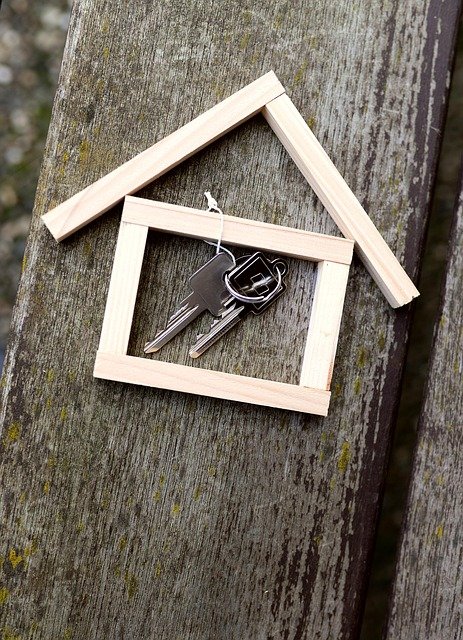The Future of Housing: Understanding Prefabricated Homes and Their Benefits
Prefabricated homes represent a revolutionary approach to modern housing, combining efficiency, sustainability, and innovative design. These factory-built structures are engineered to precise specifications before being transported and assembled at their final location. As housing demands evolve and environmental concerns grow, prefab homes have emerged as a practical solution for homeowners seeking quality construction with reduced environmental impact.

Exploring Different Types of Prefab Houses
Modern prefab homes come in various styles and configurations. Panel homes feature walls constructed in factories and assembled on-site. Modular homes consist of multiple box-like modules joined together at the building site. Manufactured homes, formerly known as mobile homes, are built on permanent chassis. Each type serves different needs, from compact bungalow designs to expansive multi-story residences.
Solar Integration and Energy Efficiency
One of the most significant advantages of prefab homes is their ability to incorporate sustainable features from the ground up. Many manufacturers now offer integrated solar panel systems, energy-efficient windows, and superior insulation as standard features. These homes often exceed traditional energy efficiency standards, resulting in lower utility costs and reduced environmental impact.
Cost Considerations and Market Comparison
| Home Type | Average Base Cost | Timeline to Completion |
|---|---|---|
| Basic Prefab | $150,000 - $250,000 | 3-4 months |
| Custom Modular | $200,000 - $400,000 | 4-6 months |
| Luxury Prefab | $400,000+ | 6-8 months |
Prices, rates, or cost estimates mentioned in this article are based on the latest available information but may change over time. Independent research is advised before making financial decisions.
Benefits of Choosing a Prefab Home
Prefabricated homes offer numerous advantages beyond cost savings. Construction waste is minimized through precise material calculations and factory recycling programs. Build times are typically 30-50% shorter than traditional construction. Quality control is more consistent, and weather-related delays are virtually eliminated. Additionally, many prefab homes are designed with future modifications in mind, allowing for easier expansions or updates.
Common Concerns and Considerations
While prefab homes have evolved significantly, potential buyers should consider several factors. Local building codes and zoning regulations may affect placement options. Transportation costs can impact overall expenses, especially for remote locations. It’s essential to work with reputable manufacturers and ensure proper site preparation before delivery. However, these considerations are typically outweighed by the benefits of faster construction times, predictable costs, and energy efficiency.
The prefabricated housing market continues to innovate, offering increasingly sophisticated and sustainable living solutions. From modest bungalows to luxurious custom designs, prefab homes represent a viable alternative to traditional construction methods, combining quality, efficiency, and environmental responsibility in one package.






